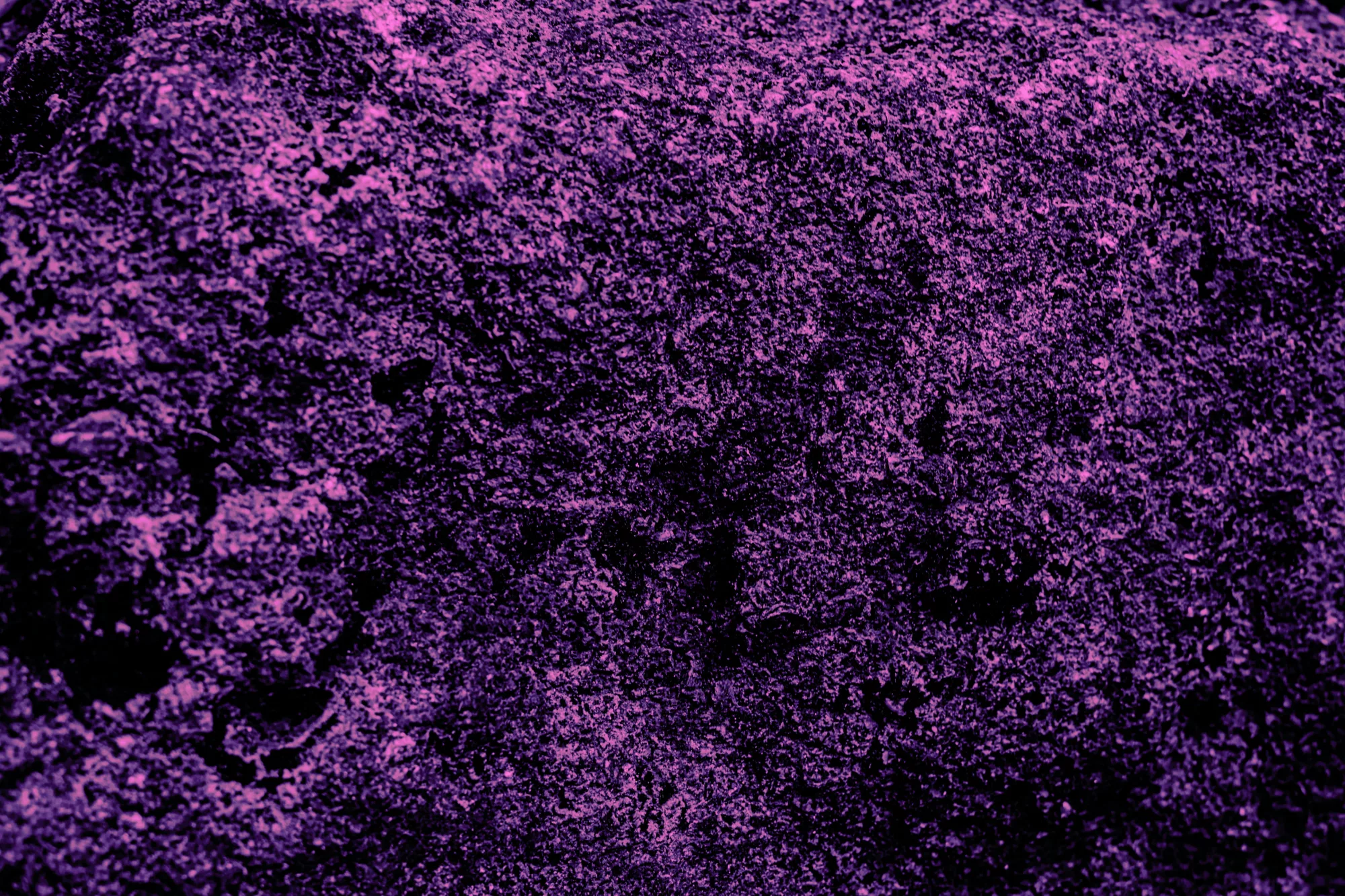
Sputtering Targets
Sputtering targets are materials used in the sputtering process, a technique commonly used to deposit thin films of materials onto a substrate. Depending on the specific application and requirements, sputtering targets can be made from various materials, including metals, alloys, ceramics, and composites. Sputtering targets can be produced in various shapes and sizes, depending on the specific application and requirements.


Sort
-
- Alphabetical (A-Z)
- Alphabetical (Z-A)
Search: ""
No results
Antimony(III) Sulfide (Sb₂S₃), or Antimony Trisulfide, is the most common antimony mineral and the chief source of the metal. It is a black needle-like crystal and semiconductor with a direct band gap of 1.8–2.5 eV. Purity: 98.0% up to 99.99% Powder sized down to nanometers
Barium Ferrite (BaFe, BaFe₁₂2O₁₉) is a metal oxide that is a highly magnetic material and has a high packing density. The material is resistant to temperature change, corrosion, and oxidation, making it useful for long-term storage. Purity: 99.5%
Beryllium is a silvery-white metal that is relatively soft and has a low density. Although it is the lightest structural metal, it has high tensile strength and stiffness. It has one of the highest melting points of light metals. At ordinary temperatures, beryllium resists oxidation in air and is resistant to concentrated nitric acid. Beryllium is nonmagnetic, offers excellent electrical and thermal conductivity, has a high heat capacity, and can take a high polish. Purity 98.0% up to 99.9999% pure, along with Be alloys
Cerium (Ce) is a rare earth metal that is an iron-gray, soft, ductile, and malleable metal. It is the most abundant of the rare earth elements. It is a reactive metal that rapidly oxidizes in air to form a superficial oxide coating. The metal reacts slowly with cold water and rapidly with hot water. It is readily dissolved in mineral acids and will react with most nonmetals on heating. Purity: 99.9-99.95%
Copper (Cu) is one of the most important elements. It is a reddish metal that is malleable and ductile with a bright metallic luster. Copper is a good conductor of heat and electricity (second only to silver in electrical conductivity). Purity from 98% to 99.999%
Neodymium (Nd) is a rare earth metal that is a soft, malleable, silvery-white metal and tarnishes in the air. It is one of the more reactive rare earth metals. It has a high electrical resistivity and is paramagnetic.
Purity 99-99.999%
Niobium (Nb), also referred to as Columbium, is a silvery metal that is very resistant to corrosion due to a layer of oxide on its surface. It has superconductive properties and is comparatively soft and ductile when very pure. Niobium improves strength when used in alloying. 99.8% up to 99.99%
Praseodymium (Pr) is a rare earth metal that is soft, silvery-yellow, malleable, and ductile. It is more corrosion-resistant in the air than other rare earth metals. Praseodymium is never found free in nature, appearing only in a combined form with other rare earth metals in various minerals. Praseodymium forms brightly colored compounds. Purity 99-99.9%
Silicon carbide (SiC) is a hard, covalently bonded light grey solid that is nearly as hard as diamond. It is a refractory material (high melting point) with excellent thermal conductivity and low thermal expansion. It displays good thermal shock resistance, corrosion resistance, and stiffness. Silicon carbide is a semiconductor.
Ytterbium is used as a dopant to help improve the mechanical properties of stainless steel. It is also used as a doping material in specialty lasers. Other areas where Ytterbium is being used are memory devices and as an industrial catalyst to replace other catalysts considered too toxic and polluting due to its chemical racing ability.